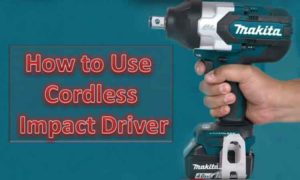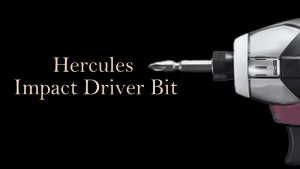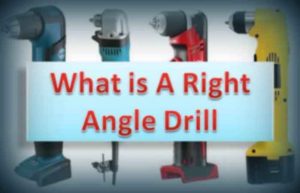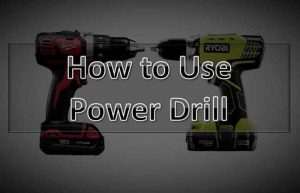Impact drivers are an essential tool for any DIY enthusiast or professional contractor. These tools make driving screws and fasteners a breeze, especially in hard materials like metal or concrete. However, using an impact driver in tight spaces can be a challenge. In this article, we’ll cover the basics of using an impact driver and provide tips and tricks for using the tool in tight spaces.
Use an Impact Driver in Tight Spaces
An impact driver is a power tool that uses a rotational force, or “impact,” to drive screws and fasteners. Unlike a traditional drill, an impact driver has a hexagonal chuck that accepts hex-shaped bits. The rotational force of the impact driver is created by a combination of a motor and a spring-loaded mechanism that delivers quick bursts of force to the bit. This makes the impact driver more efficient at driving screws and fasteners, especially in hard materials like concrete or metal.
Choose the Right Bit
Before using an impact driver in tight spaces, it’s important to choose the right bit. The most common bit for an impact driver is a Phillips head, but there are also hex, square, and Torx bits available. In tight spaces, it’s best to choose a shorter bit to reduce the overall length of the tool. Using a longer bit can make it difficult to maneuver the tool in tight spaces and increase the risk of damaging the material.
Adjust the Torque Settings
Most impact drivers come with adjustable torque settings. In tight spaces, it’s important to adjust the torque setting to prevent overdriving screws or damaging the material. Start with a low torque setting and gradually increase the setting as needed. Overdriving a screw can cause it to strip or break, which can be difficult to remove and may require replacing the material.
Use a Right Angle Attachment
A right angle attachment is a handy accessory that can be attached to an impact driver to make it easier to use in tight spaces. The attachment has a gear mechanism that changes the angle of the chuck, allowing the user to drive screws and fasteners at a right angle to the tool. Right angle attachments are especially useful for working in corners or tight spaces where a regular impact driver won’t fit. This accessory can be a game-changer when working in tight spaces and can save time and effort.
Hold the Impact Driver at a 90-Degree Angle
When using an impact driver in tight spaces, it’s important to hold the tool at a 90-degree angle to the surface. This will ensure that the bit is perpendicular to the material and will prevent the screw from stripping or breaking. Holding the tool at an angle can increase the risk of damage to the material or the bit, and it can also reduce the efficiency of the tool.
Use a Magnetic Bit Holder
A magnetic bit holder is another accessory that can make using an impact driver in tight spaces easier. The bit holder attaches to the chuck and holds the bit securely in place, allowing the user to position the tool more precisely. The magnet also helps to hold screws in place, making it easier to drive them into the material. This accessory is especially useful when working with small screws or in tight spaces where precision is critical.
Conclusion
Using an impact driver in tight spaces can be a challenge, but with the right tools and techniques, it can be done efficiently and safely. By choosing the right bit, adjusting the torque setting, using a right angle attachment, holding the tool at a 90-degree angle, and using a magnetic bit holder, you can make working in tight spaces easier and more productive. Always take the time to prepare the tool and accessories before starting the job and be mindful of the surroundings to avoid any accidents or damage.




